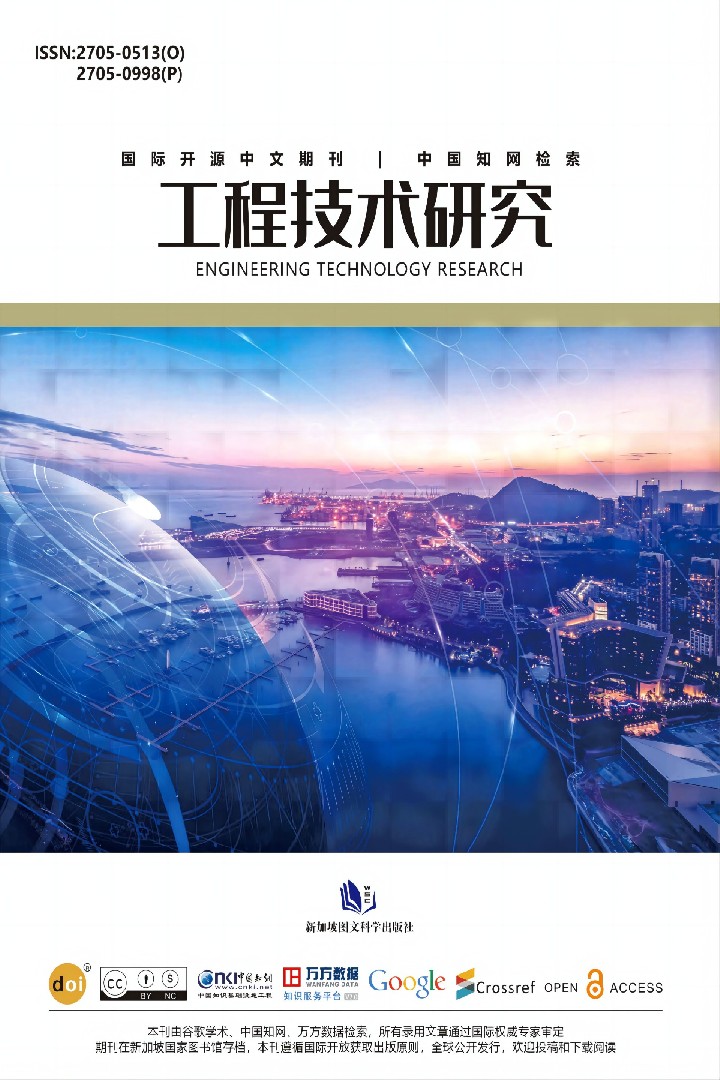作者
Muhammad Aishat Sani,Adamu Umar Chinade,Abubakar Mamuda,Ahmad Batari,Muhammad Dalhatu Abdullahi
文章摘要
可用于工程的土壤需要达到一定的强度特性,以满足其预期用途。一些可用的土壤,如黑棉土,往往强度较弱,需要对其进行改性,以达到所需的强度,这可以使用能够改善土壤性质的材料,如石膏、石灰、甘蔗渣灰、水泥等来实现。本文综述了石膏与其他稳定材料比例使用以改善土壤强度特性的可行性。研究表明,石膏与其他稳定材料(如甘蔗渣灰、稻壳、石灰、氯化钠、锡、粉煤灰、黄麻纤维等)相比,可产生更好的稳定土壤。使用石膏和其他添加剂确定稳定土壤的最大干密度和最佳含水量、无侧限抗压强度、加州承载比CBR和阿太堡极限值的一系列试验后的实验室结果,揭示了使用石膏和任何其他添加剂进行有效的土壤稳定取决于被稳定的土壤类型、添加剂的性质、所用添加剂的百分比、固化时间以及待稳定土壤的分类。研究发现,这些添加剂的使用比例、它们的百分比比例、养护时间和土壤的性质会导致稳定土壤的不同终点。
文章关键词
石膏;塑性土;黑棉土;稳定化;加州承载比;无侧限抗压强度
参考文献
[1] Ahmed., A., & Usama, H. I. (2013). stability of soft clay soil stabilised with recycled gypsum in a wet environment’’. new beni-suef city, egypt: beni-suef university, civil engineering department, shark el-nile, beni-suef. [2] Al-Adili, A., Salim, N. M., & Al-Soudany, K. Y. (2019). “Response Of Soft Soil Mixing With Recycled Gypsum (Plasterboard) As Stabilized Agent For Soil Underneath Oil Tank As A Case Study.”. Baghdad: University Of Technology, Iraq.[3] Ameta, N. K., Purohit, D., & Dangda, S. (2020). Economics Of Stabilizing Bentonite Soil With Lime-Gypsum. Rajasthan, India: M. B. M. Engineering College, J. N. V. University, Jodhpur. [4] Apriyanti, Y., Fahriani, F., & Fauzan, H. (2019.). “Use Of Gypsum Waste And Tin Tailings As Stabilization Materials For Clay To
Improve Quality Of Subgrade”. Indonesia: Department Of Civil Engineering, Engineering Faculty, Universitas Bangka Belitung, Kampus Terpadu. [5] Batubara, M. H., & Roesyanto., d. (1987). Kajian Kuat Tekan Bebas Pada Stabilitas Tanah Lempung Dengan Gipsum dan Serbuk Kaca. Jurnal Online. [6] Eliana, R., Jaramillo-Pérez, A., Josue, M., Plata-Chaves, B., Carlos, A., & Ríos-Reyes. (2014). ’ The Useof Gypsum Mining
By-Product And Lime On The Engineering Properties Of Compressed Earth Blocks’. Bucaramanga, Colombi: Universidad Industrial De Santander. [7] Gupta, M., Goyal, A., & Anaokar, M. (2020). “ Soil Stabilization Using Waste Rice Husk Ash, Cement, Lime & Gypsum”. Mukesh
Patel School Of Technology Management And Engineering, Asce. [8] Gvln, M., Siva Kavya, K., Venkata Krishna, A., & Ganesh, B. (2016). “chemical stabilization of sub-grade soil with gypsum and nacl”. india: department of civil engineering, sri vasavi engineering college, tp gudem, ap. [9] Hardiyatmo, H. C. (2010). Stabilisasi Tanah untuk Pekerasan JalanYogyakarta. Gadjah Mada University Press. [10] Hausmann, M. R. (1990). Engineering Principles of Ground Modification Singapura:. McGraw-Hill Publishing Company. [11] Herri Purwanto, A. S. (2020, february). “stabilization of soft clay soil using a gypsum plafond waste based on cbr testing”. international journal of scientific & technology research, 9 (2). [12] Işık, Y., & Berrin, C. (2009, April). Gypsum: An additive for stabilization of swelling clay soils. Applied Clay Science, 44 (1–2), 166 –172. [13] Kolay, P., & Pui, M. (2010). “Peat Stabilization Using Gypsum And Fly Ash”. Journal Of Civil Engineering, Science And Technology. doi: 10.33736/Jcest.75. [14] Krebs, R. D., & Waker, R. D. (1971). Highway Material. New York: McGraw-Hill Publishing Company. [15] Mehmet, S. (2018). “Stabilization Of Bentonite And Kaolinite Clays Using Recycled Gypsum And Liquid Sodium Silicate”. A Thesis Submitted To The Faculty OfThe University Of Delaware In Partial Fulfillment Of The Requirements For The Degree Of Master Of Civil
Engineering Winter. [16] Özgür, K., Recep, K., & Koray, U. (2012). “Effect Of Lime And Gypsum On Stabilization Of High Plasticity Clay”. soil Mechanics Laboratory Of Technical Research And Quality Control. Ankara, Turkey: Department Of State Hydraulic Works (Dsi). [17] Peddaiah, S., & et-al. (2017). “investigating the effect of gypsum and nacl on the engineering properties of clay soil”. international
journal of engineering and technology, (ijet), 9 (4). doi: 10.21817/ijet/2017/v9i4/170904409. [18] Rahman, Z., Lee, J., Rahim, S., Lihan, T., & Idris, W. (2015). Application Of Gypsum And Fly Ash As Additives In Stabilization Of
Tropical Peat Soil”. Bangi Selangor, Malaysia; Ukm 43600: school Of Environmental And Natural Resource Sciences, Faculty Of Science And Technology. [19] Roesyanto., Iskandar, R., Hastuty, I., & Aiu, L. (2017.). “A Study Of The Effectiveness Of The Use Of Gypsum And Volcanic Ash
Against The Stability Of Clay Soil In Terms Of Uct And Cbr Value”. Medan, Indonesia: Civil Engineering Department, University Of
Sumatera Utara. [20] Roesyanto., Riskandar., Hastuty, I. P., & Dianty, W. O. (2018). “stabilization by using gypsum and paddy husk ash with reference to
uct and cbr value”. indonesia: civil engineering department, university of sumatera utara, medan. [21] Sadam, H. K. (2019). “use of gypsum and bagasse ash for stabilization of low plastic and high plastic clay”. institute of civil engineering, national university of science and technology j. appl. res. ind. eng, 6, 251–267. [22] Suraj, S., Ashish, S., & Guleria, S. (2018). “ stabilization of soft clay soil using gypsum”. india: department of civil engineering,jawaharlal nehru govt. engineering college sundernagar. [23] Syafwandi, M. I., Mohamad, S., & Acep, H. (2020). “soil stabilization using gypsum and the effect based on the unconfined
compressive strength values”. indonesia: faculty of engineering, university mercu buana jakarta. [24] William, C. (2020). “Soil Stabilization Using Gypsum And Powdered Glass”. China International Journal Of Research In Circuits Devices And Systems, 1 (1), 15-17.
Full Text:
DOI
